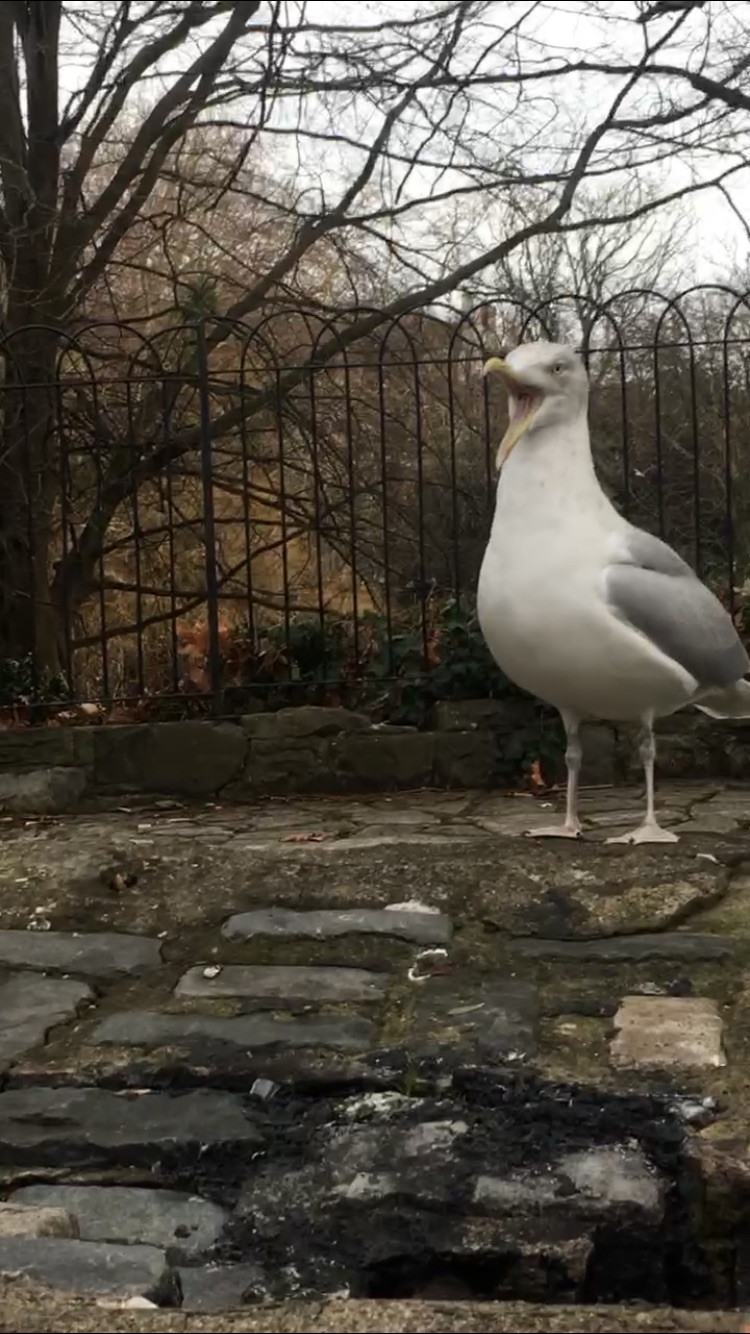Overseas and Off-Campus Programs Blog
Feathers, Fear, and Folklore
Open gallery

Author Name
Author Program
Program Semester and Year
Student Major
For as early as I can remember, I have feared birds. While I still very much remain distrustful of the avian species, my experience with the birds of Ireland has been slightly more positive than anticipated. And by slightly, I mean I may have discovered my favorite bird: the magpie.
One day while eating my lunch at St. Stephen’s Green, a nearby park, I spotted what appeared to be a black and white bird hopping by the trashcan. Immediately, I was taken aback by how pleasant I found this bird’s appearance to be. And while its presence did make me nervous, it made me less nervous than usual. As the bird pranced around the stone steps I was sitting on, the sunlight met its black feathers and transformed them into an iridescent blue-green. At this point, I was mesmerized. I continued to watch the bird for a few minutes; and for the first time in a long time, my sustained fixation on a feathered specimen was not motivated by fear, but instead fueled by confused adoration.
After some quick research, I learned that the hypnotizing bird I had just witnessed was a magpie and subsequent research yielded a few interesting cultural connections that I feel are appropriate to share here. In Ireland, as in England and Scotland, magpies are associated with bringing news. The nursery rhyme “One for Sorrow” provides a formula relating the numbers of magpies spotted to the type of news being delivered. While there are a number of versions of the rhyme (it has been added to and altered over the years), its earliest form was recorded by John Brand in the late eighteenth century. His version reads:
“One for sorrow,
Two for mirth,
Three for a funeral
And four for birth”
Now, I know what you must be thinking: she only saw one magpie, that means sorrow! However, according to various folklore websites and Wikipedia (I have not found anything peer-reviewed as of yet), if you “salute” the solitary magpie, you can avoid the sorrow it would otherwise bring. And I definitely feel it is reasonable to consider that forgetting my fear of birds, if even for a fleeting second, and basking in the magpie’s beauty qualifies as a salute.
Anyways, back to the literature! Considering the nursery rhyme, the consensus on magpies is somewhat complicated—they can bring bad news, but also good news, so where exactly do they stand? Factor in early nicknames of “the devil’s bird” and the fact that magpies have a reputation for being “bird bullies” and things appear pretty bleak. However, we can look to further legends for guidance. For example, lore originating from Connemara (Western Ireland) insists that magpies must always be protected, as their demise will surely lead to further bad news. And while it seems that solid arguments advocating to classify magpies in the “overall bad” category could be made, I think that is not what is to be learned. For me, the big takeaway is less a good/bad distinction and more about recognizing magpies as powerful beings that should be respected and acknowledged. So, in what I consider to be both mythologically and practically appropriate, I will continue to find magpies beautiful and enjoyable to look at while also remaining wary of them.
**To quickly loop back to my initial statement regarding a “slightly more positive than anticipated” experience with birds in Ireland, it is important to add that, to no personal surprise, I have also experienced a number of negative bird encounters in Dublin (mostly involving pigeons and seagulls.) And while I still haven’t managed to take a photo that I feel adequately conveys the magpie, I did manage to capture what I believe to be the Dublin Seagull’s essence (see title photo)
Overseas and Off-Campus Programs is located in room 206 of Albany Quadrangle on the Undergraduate Campus.
MSC: 11
email overseas@lclark.edu
voice 503-768-7295
fax 503-768-7300
Director Blythe Knott
Overseas and Off-Campus Programs
Lewis & Clark
615 S. Palatine Hill Road MSC 11
Portland OR 97219